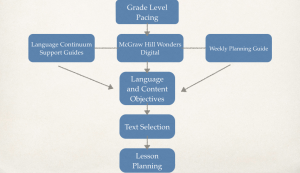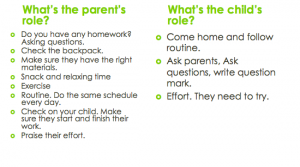The topic of engagement is a hot one, and many ELL teachers recently gathered to explore ways to motivate students. We began the session considering the question, “What is engagement?” Afterward, participants visualized two memories they had of themselves as students – one memory as an engaged learner and one as a compliant one. We then discussed observable differences between engaged versus compliant behavior in ourselves and in students.
The rest of the presentation was framed by four keys of engagement as proposed by researcher and educational consultant, Robyn Jackson. Ms. Jackson asserts that if educators want their students to be truly engaged, teachers need to use strategies that address the keys – clarity, context, culture, and challenge. Accompanying each of these keys are four questions which Ms. Jackson claims are on every student’s mind. They are as follows.
- Clarity – What am I aiming for?
- Context – Why should I care?
- Culture – Who is invested in my success?
- Challenge – How is it working for me?
As a next step, we discussed guiding questions educators can ask themselves as they plan to address students’ needs.
- Clarity – What am I asking students to do?
- Context – Why is this important to students?
- Culture – How do I show my support?
- Challenge – How do I balance challenge and skill for this student?
Finally, teachers participated in self-directed learning experiences to further explore one of the key questions and an accompanying teaching strategy.
To see the full presentation, click here.
To learn more about each of the four keys and accompanying teaching strategies, click here.
Sources:
Jackson, R. (2014). 4 (Secret) keys to student engagement. Educational Leadership, 72(1), 19-24.
Marzano, R. J., & Pickering, D. J. (2011). The highly engaged learner. Bloomington, IN: Marzano Research Laboratory.
Pink, D. (2014). Motivated to learn: A conversation with Daniel Pink. Educational Leadership, 72(1), 12-17.



